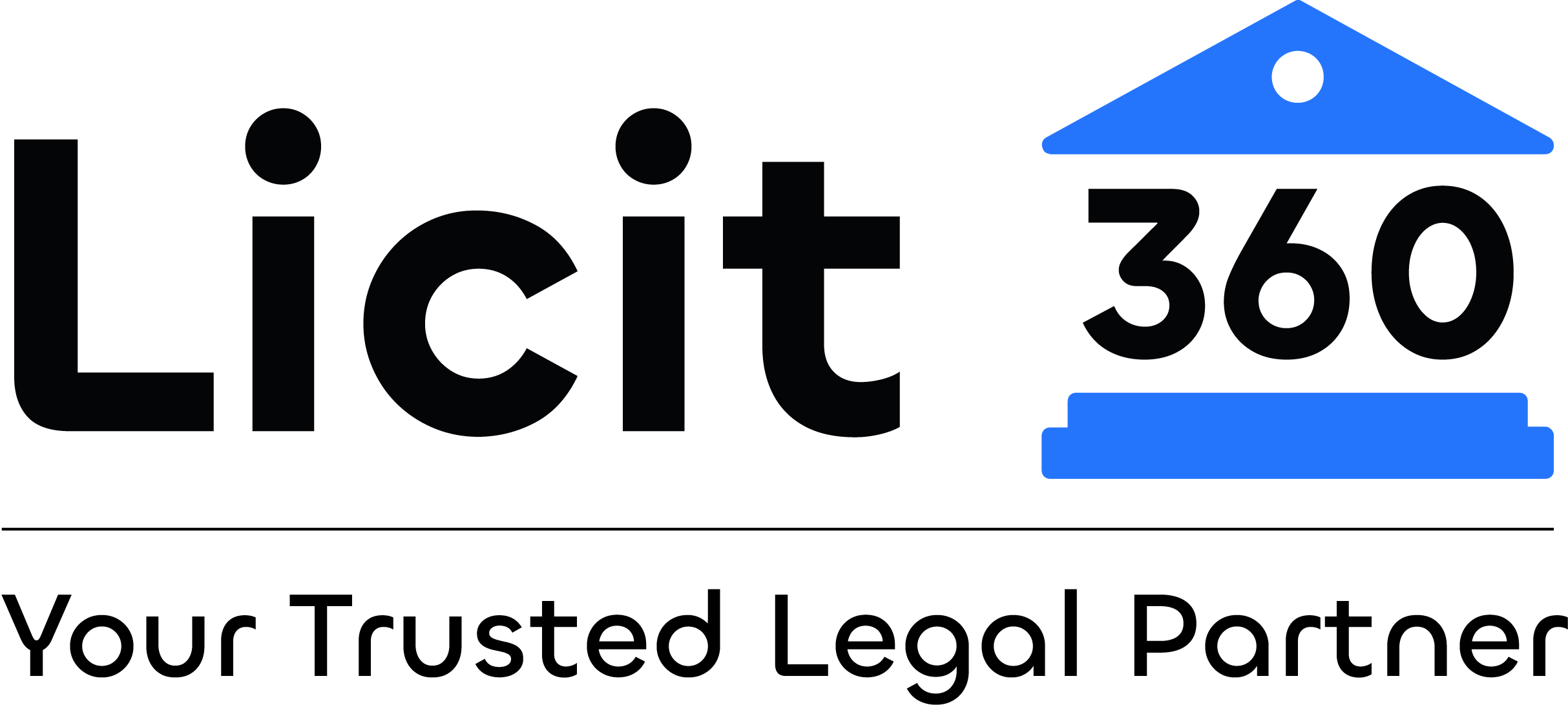In today’s competitive business world, it is more important than ever to protect intellectual property (IP). Whether you are a startup, an emerging brand, or a mature corporation, it is important to know the distinctions between trademarks, copyrights, and patents to protect your brand assets. Licit 360 presents this guide to assist businesses in navigating IP protection strategies efficiently.
Understanding the Key Differences
Trademark: Protecting Your Brand Identity
A trademark is a mark, logo, name, slogan, or design that makes a business’s goods or services distinct from others. It aids in brand recognition and creates trust with consumers.
- Example: Nike’s “swoosh” and the slogan “Just Do It” are both trademarks.
- Protection: Does not allow other parties to use marks that may be confusing to consumers.
- Validity: Can remain valid forever if periodically renewed.
- Registration: Trademarks are registered at national or international offices such as the USPTO (United States Patent and Trademark Office) or WIPO (World Intellectual Property Organization).
Copyright: Safeguarding Creative Works
Copyright reserves rights over original works of authorship, including literature, music, movies, software, and artworks. It grants the creators exclusive rights to reproduce, distribute, and display their work.
- Example: Website content, books, and movies are copyrighted.
- Protection: Stops unauthorized copying or distribution.
- Validity: Typically lasts the creator’s lifetime plus 70 years (country dependent).
- Registration: Although copyright protection is automatic upon creation, registration with agencies such as the U.S. Copyright Office enhances legal position.
Patent: Protecting Inventions and Innovations
A patent provides exclusive rights to an inventor to produce, use, or sell an invention for a limited time, usually 20 years. Patents are for new and useful processes, machines, or compositions of matter.
- Example: The touch-screen technology in smartphones.
- Protection: Stops others from producing or selling the patented invention without authorization.
- Validity: Usually 20 years from the date of filing.
- Registration: Demands the filing of a formal application with organizations like the USPTO or the European Patent Office.
Trademark, Copyright, and Patent Trends in 2025 and Beyond
As technology and digitalization transform companies, IP protection is changing.
Following are important insights for 2025 and beyond:
- AI-Generated Content and Copyright Issues
With artificial intelligence (AI) playing a greater role in content generation, establishing copyright ownership is becoming complicated. Companies need to remain aware of changing regulations for AI-generated works.
- The Emergence of Blockchain for IP Protection
Blockchain technology is transforming IP rights management through verifiable timestamps for trademarks, copyrights, and patents. Smart contracts are facilitating automated licensing agreements, minimizing conflicts.
- Global Trademark Expansion and Digital Brands
With global business expansion, trademark protection in foreign markets is becoming increasingly important. Digital-first brands need to include domain names and social media handles in their trademark strategy.
- Shortened Patent Life Cycles Due to Rapid Innovation
New technologies, including biotech and software, are causing product life cycles to shrink, so rapid patent filings become important for competitiveness.
- Greater IP Enforcement in the Digital Era
As digital piracy and e-commerce continue to expand, enforcement of IP rights will become more active, with companies having to adopt more aggressive monitoring and legal approaches.
Conclusion
Understanding the differences between trademarks, copyrights, and patents is essential for companies wanting to secure their brand assets. Moving forward to 2025 and beyond, adopting new IP protection methods will be essential in keeping up with the competitive edge.
Licit 360 offers professional intellectual property protection advice to ensure that businesses avoid legal intricacies and protect their brand name. Get in touch with us today for customized IP solutions!










